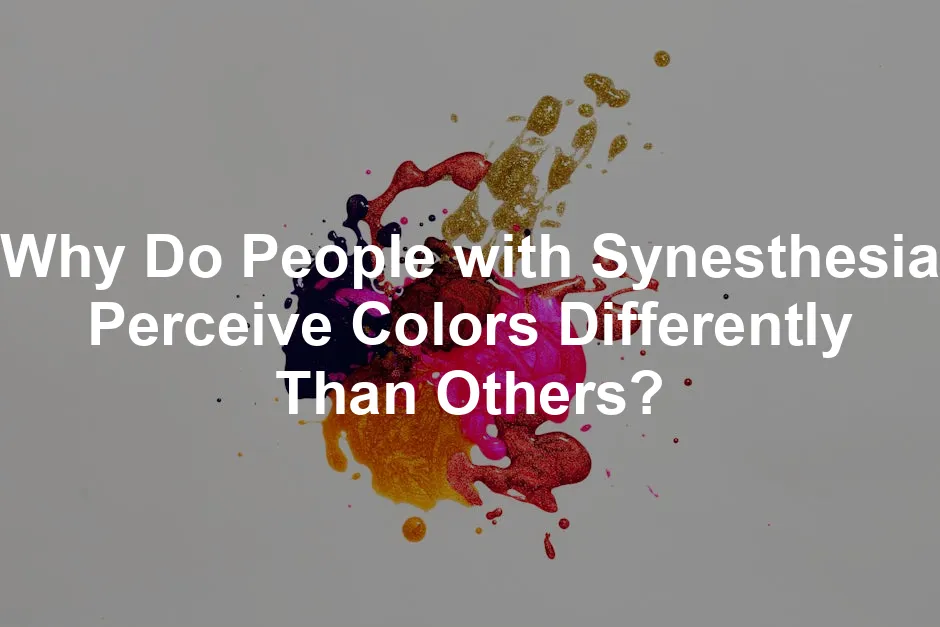
Why Do People with Synesthesia Perceive Colors Differently Than Others?
Introduction
Synesthesia is like a party in your brain where the senses mix and mingle. Picture this: you hear a song, and suddenly, a riot of colors bursts into your mind. For some folks, the letter “A” might strut in wearing a flashy red coat, while for others, it waltzes in dressed in blue. Why this colorful confusion? It’s a fascinating phenomenon that has puzzled scientists and artists alike.
Imagine you’re at an art gallery. The paintings are vibrant, yet your friend insists that the sky in the painting is orange while you swear it’s a calming blue. Welcome to the world of synesthesia! This quirky neurological condition creates a unique blend of sensory experiences. But why do these cross-sensory experiences differ from person to person? Are they simply influenced by individual preferences, or is it something deeper? Let’s dive into the colorful world of synesthesia and discover what makes each synesthete’s perception distinct.
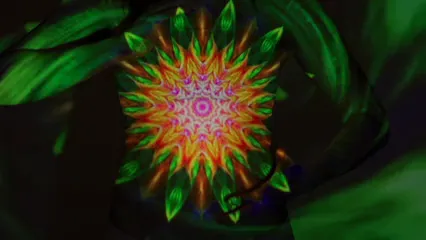
Summary
Synesthesia is a neurological phenomenon where one sense triggers involuntary experiences in another. Imagine tasting a word or hearing colors when you listen to music. The most common type, grapheme-color synesthesia, links letters and numbers with specific colors. Intriguingly, these associations are deeply personal; close relatives may see the same letter or number in entirely different hues.
Factors influencing color perception in synesthetes are as varied as their experiences. One might associate the number 5 with a vibrant blue, while another sees it as a deep brown. This uniqueness can stem from personal experiences, emotional connections, and even brain structure. Research suggests that synesthetes often exhibit enhanced creativity and memory skills, making their distinctive perceptions a fascinating asset.
This diverse sensory experience challenges our conventional notions of perception and reality. Consider how your own experiences shape your understanding of the world. By exploring the intricacies of synesthesia, we can gain insight into the colorful tapestry of human perception and appreciate the beauty in our differences. Embracing these unique experiences may even inspire creativity and encourage us to view our surroundings from a fresh perspective.

Need a deeper understanding of synesthesia? Check out Synesthesia: A New Approach to Understanding the Mind by Dr. Jamie Ward. This book dives deep into the science and art of this fascinating phenomenon.
Understanding Synesthesia
What is Synesthesia?
Synesthesia is a fascinating neurological phenomenon. Imagine tasting a word or hearing colors! For synesthetes, one sensory experience triggers another. This occurs when sensory pathways in the brain intertwine, leading to involuntary responses. For example, someone might see the letter “A” as red or associate numbers with specific colors.
This condition isn’t just a quirky trait; it’s more common than you might think. Estimates suggest that around 2-4% of the population experiences some form of synesthesia. That’s like having a party of colorful sensations in a room full of ordinary perceptions! However, many synesthetes may not even realize their experiences are distinct until they discover others don’t share them. It’s like realizing you’ve been dancing to a different beat all along!
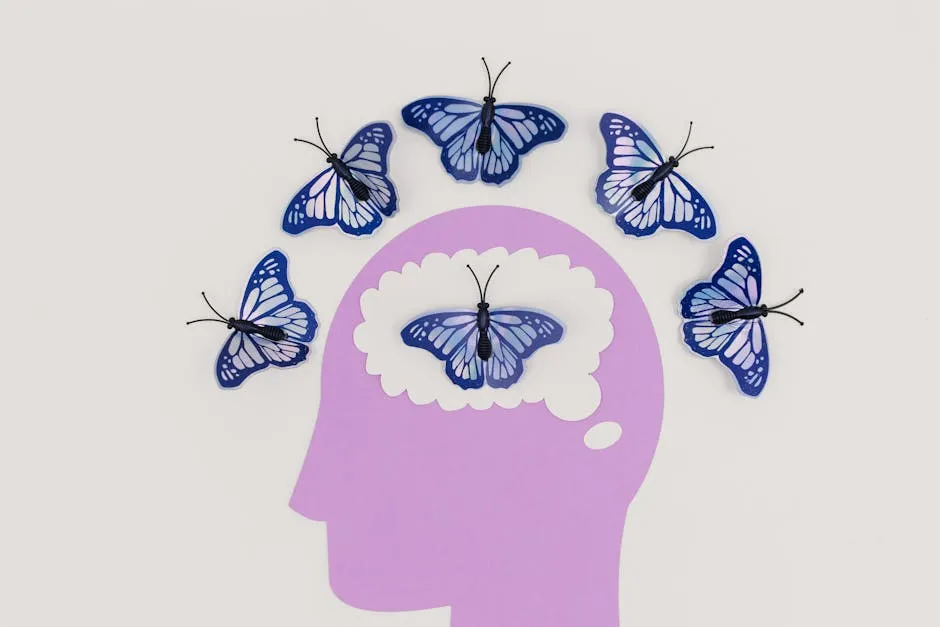
If you’re curious about the emotional side of this phenomenon, take a look at The Color of Emotions: A Guide to Understanding Synesthesia. This guide explores how emotions and colors intertwine in the minds of synesthetes.
Types of Synesthesia
There are several types of synesthesia, each offering a unique sensory cocktail. One of the most well-known forms is grapheme-color synesthesia. Individuals with this type associate letters and numbers with specific colors. For instance, a synesthete might see the letter “B” as a bright blue. These associations are often consistent over time, meaning that the same letter evokes the same color throughout a person’s life.
Another intriguing form is chromesthesia, where sounds trigger color perceptions. Imagine listening to your favorite song and watching a vibrant explosion of colors dance in your mind! Other types include spatial sequence synesthesia, where numbers are visualized in space, and lexical-gustatory synesthesia, which connects specific words with tastes. This diversity showcases the rich tapestry of human perception and how our brains can interpret stimuli in wildly different ways.
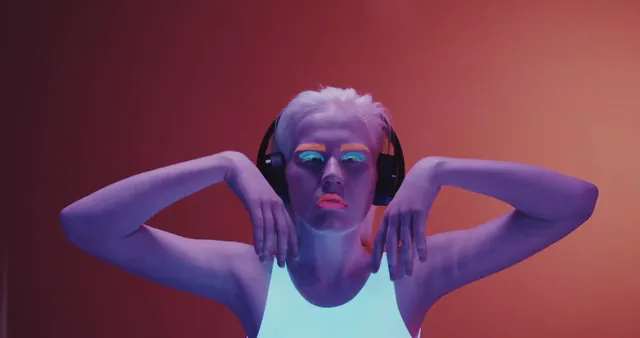
To enhance your artistic skills and understand color mixing, check out The Art of Color Mixing: A Handbook for Artists. This book provides essential techniques for creating stunning color palettes!
While it may seem like a whimsical trait, synesthesia holds significant implications for creativity and memory. Many artists, musicians, and writers report heightened creativity and enhanced abilities due to their synesthetic experiences. So next time someone tells you they see colors in music, just remember—they might be dancing in a different sensory dimension!
The Subjectivity of Color Associations
Case Studies and Personal Accounts
Synesthetes often describe their experiences in vivid, colorful terms. For instance, one individual shares, “I see the number 5 as dark brown,” offering a glimpse into their unique perception. This statement highlights the deeply personal nature of synesthesia. Each person’s associations are distinct, which can lead to fascinating conversations. Imagine debating with a friend whether the letter “A” is red or green. It’s like arguing over the best pizza toppings but with colors!
Another synesthete mentions, “When I hear music, I see shapes dancing in bright colors.” Such experiences are not just anecdotal; they provide valuable insights into how different stimuli evoke varied color associations. With every story, we unravel more about the enchanting world of synesthesia.

A notable account comes from a synesthete who associates the number 7 with a striking shade of blue. They express disbelief when hearing someone else claim to see it as yellow. “It’s like we’re living in entirely different realities!” This sense of individuality extends beyond numbers. One synesthete sees the days of the week in colors, with Monday painted a soft gray and Friday glowing in vibrant yellow. These personal narratives illustrate the rich tapestry of individual experiences.
Want to explore more about how sound influences our perception? Grab a copy of Colorful Music: How Sound Influences Our Perception. This book delves into the fascinating connections between sound and color!
Comparisons Across Synesthetes
Research has revealed intriguing patterns within synesthetic experiences, showcasing commonalities. For example, many synesthetes report similar associations for certain letters. The letter “A” frequently appears as red among various synesthetes. However, this doesn’t mean everyone sees it that way. Others might see “A” as a cool blue. This variation speaks to the complexity of synesthetic experiences.
Environmental influences play a significant role in shaping these perceptions. Early life experiences, like childhood memories or significant events, can impact color associations. One study indicated that a synesthete who frequently played musical instruments may associate specific notes with colors reflective of their emotions during those moments. This connection can create a unique sensory landscape, differing from person to person.
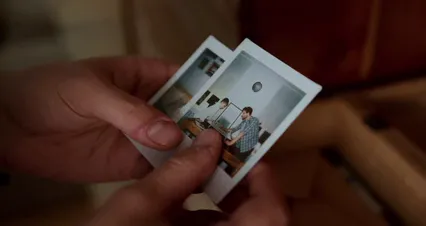
Further adding to this complexity, familial connections can also influence associations. Siblings or even parents may have similar but distinct perceptions. It’s not uncommon for a family debate to arise over what color a particular letter or number should be! While some commonalities exist, the individuality of each synesthete’s experience remains paramount.
In summary, the world of synesthesia is one of vibrant contradictions. Each personal account adds depth to our understanding of this phenomenon. The interplay between common associations and unique individual experiences creates a fascinating narrative, making synesthesia a truly colorful subject worthy of exploration.
Emotional and Cognitive Implications
Enhancing Creativity and Memory
Synesthesia doesn’t just color one’s perception; it often enhances creativity and memory! For many synesthetes, this unique wiring of the brain allows for a rich interplay of senses. Imagine painting a masterpiece while listening to your favorite symphony, where each note brings a cascade of colors. That’s the magic of synesthesia!
Famous creators have embraced this colorful gift. Wassily Kandinsky, the renowned painter, saw music as a vibrant spectrum of colors. His synesthetic experiences influenced his abstract art, transforming notes into visual symphonies on canvas. Similarly, Vladimir Nabokov, the celebrated author, described grapheme-color synesthesia in his autobiography. He perceived letters as having colors—an experience that enriched his literary creations.

In literature, Nabokov noted that the letter “A” resembled weathered wood, while the French “A” appeared as polished ebony. This vivid imagination didn’t just fuel his creativity; it also helped him remember details better. Synesthetes often report that their unique associations aid in recalling names, dates, and even complex concepts. The brain seems to create a colorful roadmap, linking sensory experiences with sharp memories.
To further enhance your creative journey, consider investing in an Art Supplies Set: Acrylic Paints, Brushes, and Canvas. Unleash your creativity and bring your synesthetic experiences to life!
Research supports these claims, indicating that synesthetes frequently outperform their peers in cognitive tasks. Enhanced memory and creative output are often their hidden superpowers! It suggests that the brain’s interconnectedness can lead to unexpected advantages, turning ordinary tasks into extraordinary experiences.
Emotional Connections
Emotions and colors are intertwined in the world of synesthesia. Have you ever noticed how certain songs evoke feelings reminiscent of a special moment? For synesthetes, this connection can manifest as vivid color associations tied to emotions. A happy memory might appear as bright yellow, while sadness could turn into deep blue.
These emotional connections are powerful. They shape not only personal experiences but also social interactions. A synesthete might meet a friend and instantly perceive a color that reflects their emotional state. This can create profound insights into relationships. Understanding the colors associated with loved ones can deepen emotional connections, making interactions more meaningful.
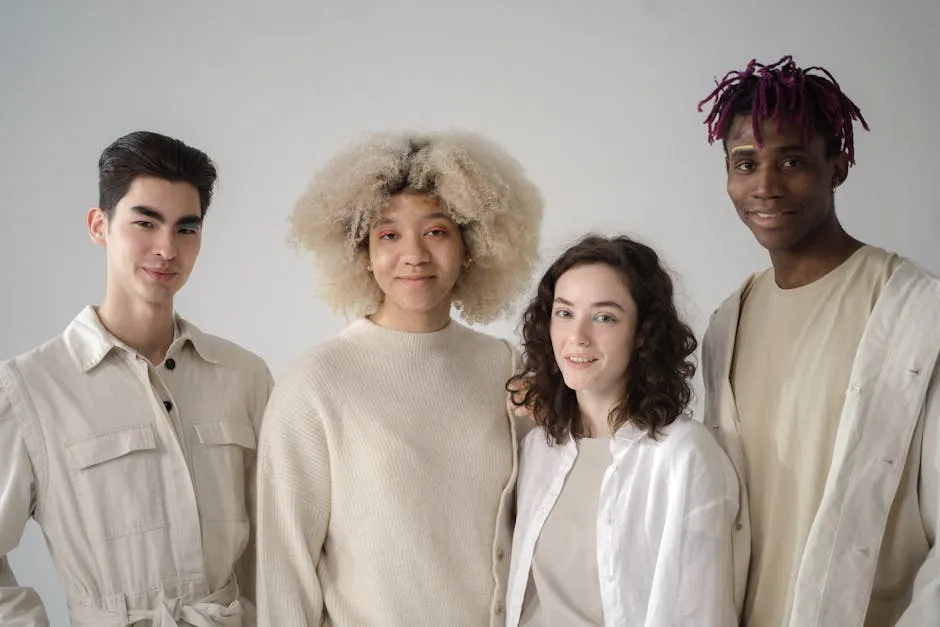
In social contexts, these associations can also influence how synesthetes relate to others. For instance, a synesthete might feel that a person’s essence is encapsulated in a specific hue. This perception can foster empathy and understanding, allowing them to sense when someone is feeling down or joyful.
Additionally, the emotional weight of colors can vary widely among synesthetes. What one person sees as green may evoke feelings of tranquility, while another may feel an unsettling chill. These differences highlight the individuality of synesthetic experiences and the complexity of human emotions.
Ultimately, synesthesia opens a window to a world where colors dance with emotions. This unique interplay not only enriches personal experiences but also enhances social connections, making the journey of life a vibrant tapestry of feelings and colors. Each encounter becomes an opportunity to experience and express emotions in a beautifully unique way!
Conclusion
In our vibrant exploration of synesthesia, we’ve uncovered the colorful reasons why some individuals perceive colors differently from others. This fascinating neurological phenomenon showcases the richness of human perception. Each synesthete experiences a unique blend of senses, transforming letters, numbers, and sounds into vivid hues.
What’s particularly intriguing is how these perceptions can vary wildly among individuals, even those who share similar backgrounds. The fact that one person might see the letter “A” as red while another sees it as green invites us to appreciate the complexity of our brains. It’s a reminder that our understanding of the world is shaped by our individual experiences and cognitive wiring.
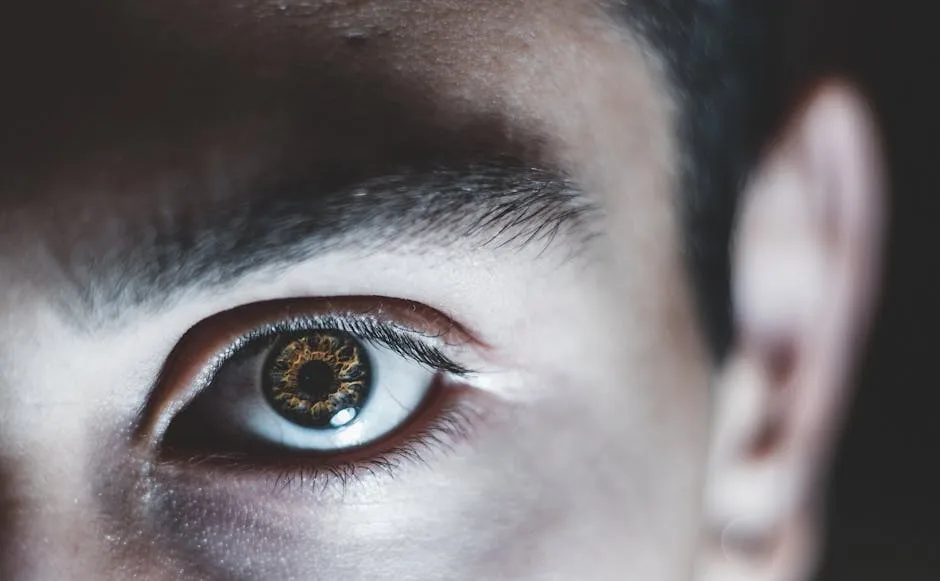
As we unravel the mysteries of synesthesia, we gain insight into the brain’s remarkable intricacies. This phenomenon not only highlights the diversity of sensory experiences but also emphasizes the potential for creativity and enhanced cognition. Embracing such diversity can inspire us to view the world through a new lens, sparking innovative ideas and artistic expressions.
To enrich your understanding further, consider exploring The Art of Synesthesia: Creating Visual Experiences. This book provides creative insights into the world of synesthesia!
So, the next time you hear a song or see a number, think about the colorful possibilities hidden in your own perceptions. Who knows? You might just discover a new hue in your everyday life!
FAQs
Is synesthesia a disorder?
No, it’s a neurological phenomenon that enhances perception rather than hindering it.
Can synesthesia be developed?
Some forms can be acquired, while others are typically present from childhood.
Why do different synesthetes see different colors for the same letter?
Individual perceptions are influenced by a variety of factors, including personal experiences and brain wiring.
Are there any benefits to having synesthesia?
Many synesthetes report improved memory, creativity, and unique perspectives on the world.
Please let us know what you think about our content by leaving a comment down below!
Thank you for reading till here 🙂
To learn more about this intriguing phenomenon, check out Why do some people have synesthesia (mixing senses).
All images from Pexels




